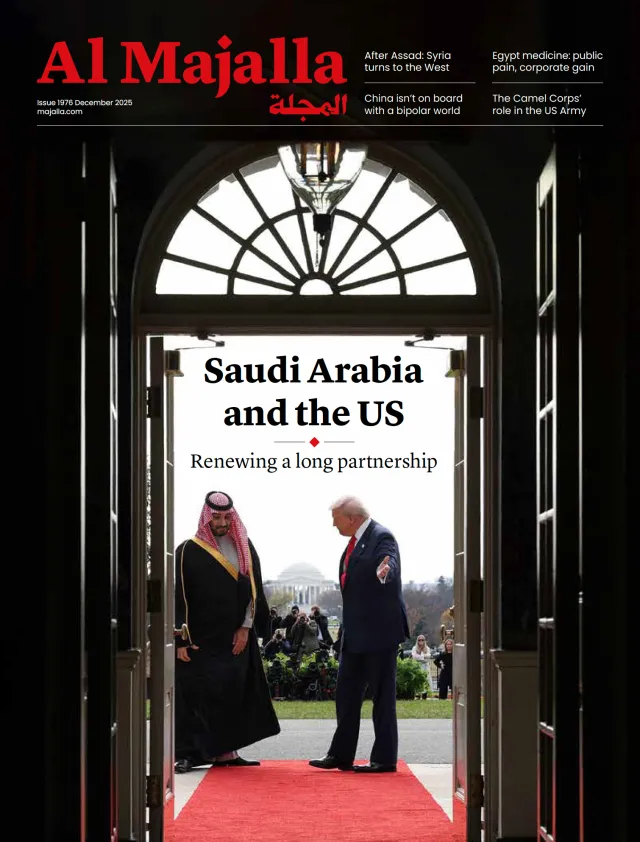Since the rise of the internet and social media, debates have raged over the fate of traditional media and the dangers journalism faces in the age of “influencers.”
I remember how alarm bells rang when major newspapers ceased print editions and moved entirely online. Over the past two decades, this transformation has been rapid, with readers’ consumption habits shifting almost as quickly as their high-speed internet connections.
The media has moved away from printed newspapers to digital news websites, and from the 8 p.m. bulletin to short-form video reports on social media platforms. For real journalism to survive in this digital world, newsrooms had to change their strategies and business models. This came with a whole new slew of challenges as journalists had to balance the need for speed in reporting in the digital age with ensuring the news and analyses remain accurate, credible, and up to professional standards.
The advent of "influencers"
What we are witnessing today in the Arab world—and I must admit I do not follow developments in the West as closely, so this might not just be a phenomenon unique to our region—is an increasing attempt to supplant journalism and journalists with so-called “influencers.”
These are social media accounts—some without even a clear identity—that attract hundreds of thousands of followers. Many are used to run PR or disinformation campaigns, and some are even directed to attack individuals or institutions that challenge the interests of their sponsors.
When a journalist writes an op-ed, an analysis, or a report, they do so fully aware that any error could cost them dearly—both professionally and personally. They critique without spewing insults, and they oppose without resorting to abuse.




